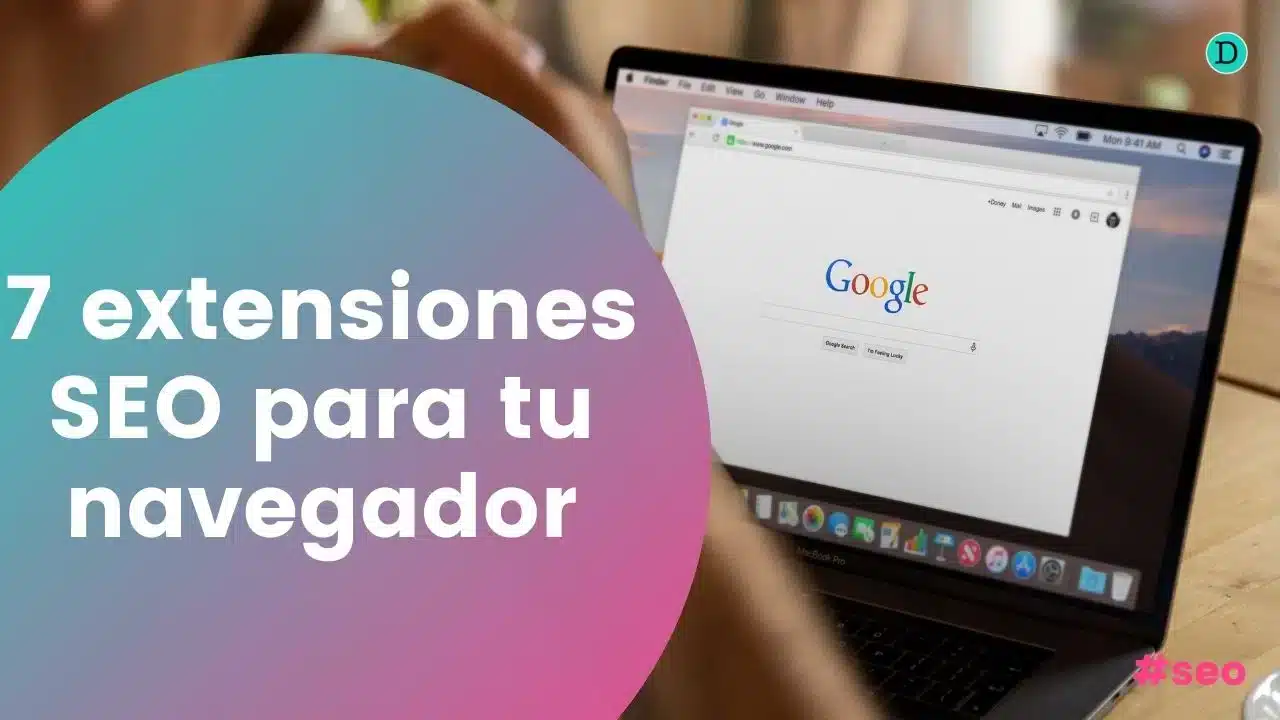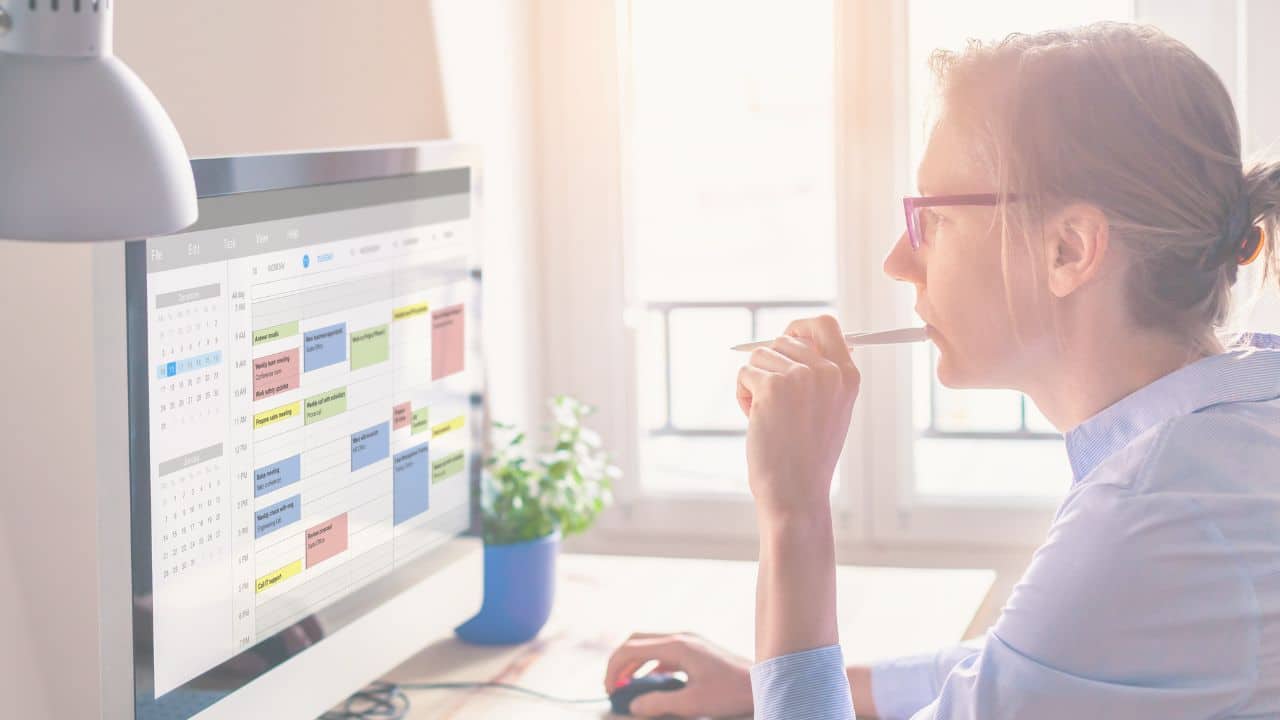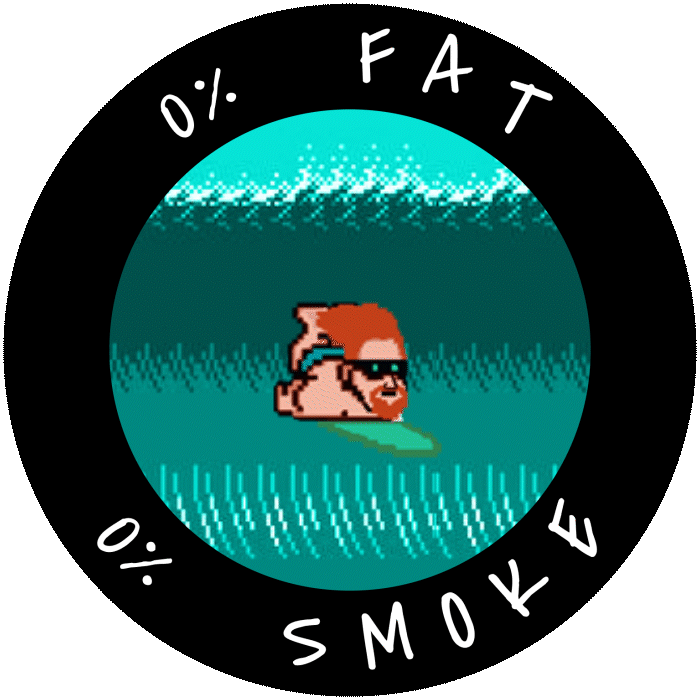One overlooked reality is that, wherever we look, we find design in our daily lives.
From that moment when we open our eyes and check the time on the clock, to when we open social networks or choose what to wear, the design is there, influencing our every decisionand even defining one's personality.
And, although for some it may seem simply "nice", "..." is a "nice" thing to do.cuqui"or 'creative', the reality is that the design goes far beyond the superficial. So, we might ask, do wewhat design really is And why does it deserve our attention? It is certainly worth exploring.
What is design and what is it for?
When we stop to think about designAt first thought, things like posters, websites or logos.
However, nothing could be further from the truth. design is much more than that, it is a way of organisation of ideas, objects, spaces or experiences so that they are coherent and useful to others.
It connects the functional with the visual, looking for something that is not only pleasing to the eye, but that is also easy to use, attractive, decisive and even inspiring.
For example, the design of a chair is not limited to its appearance, but also considers whether it will be comfortable to sit on for several hours.
We can also think of a app that we use every day, it will be designed so that we can find what we are looking for easily and without frustration..
Therefore, the design becomes a tool, which aims to improve our interaction with the world, making it more accessible, intuitive, and even more interesting.
In addition, the design also has a deeper side, it can lead us to reflect on how we live and how we could do it better. It invites us to question what we take for granted and to imagine other ways of approaching things.
It is that tool that, sometimes without realising it, transforms the everyday into something specialThis is something that deserves to be appreciated, understood and valued by all.
Quoting the architect and designer Charles Eames "The details are not the details. The details are the design.
Where do we find design in our daily lives?
As we all know, there are different types of design in everyday life, Some are better known than others, but they all end up being part of our environment and our daily lives.
Graphic design
Perhaps one of the best-known designs, or at least more closely related to what is believed to be known as the design.
We find it everywhere, in the advertising posters, on product labels in the supermarket or on restaurant menus. It draws mainly on images, colours, typography and shapes to communicate a message and/or provoke an emotion.
In the end, it is everywhere we look. On the covers of the books we read, on the road signs and even on the packaging of the products we buy.
Its function goes beyond just making something more beautiful; it seeks to capturing the user's attention, communicate quickly and effectively, and often transmit the identity or values of a brand. It is an effortless way of understanding and feeling something.
User experience design (UX)
Every time we browse a website or use an app on our mobile phone, we experience the result of a UX design.
This type of design focuses on making these user experiences are as intuitive, pleasant and efficient as possible..
It is about understanding how we think and what we expect from an interface so that everything works naturally and almost effortlessly.
As he explains Jakob Nielsenthe father of usability: "Usability is a quality attribute that assesses how easy user interfaces are to use. The word 'usability' also refers to methods for improving usability during the design process"..
This design is based on behavioural studies, user testing, and data analysis to better understand how we interact with digital products.
It is not just a question of a page looking pretty, but also of it being clear, accessible and guiding the user smoothly to its goal.
From the menu options to the placement of the action buttons, everything is designed to improve the user experience, reduce frustration, and ensure that the user wants to return.
Product design
Every object we touch throughout the day (from our toothbrush to our mobile phone) has gone through a very extensive development process, related to the product design.
This type of design is concerned with the shape, material, ergonomics and even the weight of the object, to be easy to use and does its job in the best possible way.
As the industrial designer defined Dieter Rams: "Good design is innovative. Good design makes a useful product. Good design is aesthetic"..
Product design does not only think about the usefulness of the objectbut also in how it is manufactured and distributed, always looking for a balance between practicality and aesthetics.
Imagine the design of a water bottle not only must it fulfil its function, which is to contain the liquid, but it must also be easy to grip, open and transport. And, in addition, it should be borne in mind that it should be a design that appeals to the consumer.
The products we use every day, from kitchen utensils to cars, are designed to maximise our comfort and efficiencyWe often don't even notice it.
Photography
Although it may seem that it is only about capturing moments, the photography is visual design at its best.
It consists of playing with light, colours, shadows and compositions to tell a story or convey an emotion.
The photography is a powerful means of documenting, communicating and evoking sensations.
From fashion photography that seeks to highlight the beauty of a garment, up to the documentary photography that seeks to capture reality in a raw and direct way, each image is an exercise in design.
A good photographer thinks about every detail: the angle, the light, the focus... Everything with the aim of to convey an idea, a feeling, or even provoke a reflection in those who see it.
The photography is present in our daily lives, from the images we consume in the media to those we capture with our mobile phones.
Interior design
The interior design is in charge of how we feel in the spaces we inhabit.
The arrangement of the furniture, the choice of colours on the walls, the type of lighting... everything is designed to generate a specific sensation.
It plays with our perception of space. For example, the use of mirrors can make a room appear larger, while warm lighting can make us feel cosier.
Even in the workplace, a efficient design can improve productivity by creating collaborative, comfortable and stimulating spaces.
This type of design is not limited to what can be seen, but also considers aspects such as the acoustics, ventilation and ergonomics, contributing to our overall well-being.
Urban design
The urban design is in the squares, in the streets, in the parks... in how the city is organised to be a more liveable and connected place.
This type of design can help us move better, feel safer, or even enjoy our daily journeys more.
It is concerned with creating spaces that foster social interaction, safety and well-being.
For example, the design of a public square can include benches, green areas, and water fountains to invite people to linger and socialise. Or a bike lane can improve sustainable mobility, reducing pollution and traffic.
It is a type of design that seeks to make our more liveable, accessible and sustainable citiesdirectly influencing our quality of life.
Fashion design
This type of design is in how we dress, in how we choose our clothes every day.
Every piece of clothing we wear is the result of a creative process that combines aesthetics, functionality, materials, and even a cultural or social message.
The fashion design is not only about trends; it is also a form of personal expression. In the end, each garment tells a story, reflects a mood, or even a stance on life.
We dress to express ourselves, to adapt to different contexts and occasions. And, behind every choice there is a design work that takes into account both the aesthetics as well as functionality.
Industrial design
This design focuses on the creation of large-scale manufactured products.
From household appliances to carsthe industrial design seeks to ensure that these objects are functional, efficient and safe, taking into account both the technical as well as aesthetic.
This design goes beyond the simple creation of objects. It is about thinking about cow these objects will be integrated into our liveshow they will be used, and how they will be manufactured in a way that is sustainable.
A good example is the design of a car. It is not only its outward appearance that is considered, but also how to maximise occupant safety, how to reduce fuel consumption, and how to make the driving experience as pleasant as possible.
The industrial design combines creativity with engineeringalways seeking a balance between form, function and sustainable production.
The importance of appreciating the design of our environment
Perhaps, begin to notice that design is everywhere can change a little bit the way we see the world.
It could help us to be more aware of the objects, spaces, and experiences around us.
It can also invite us to appreciate the decisions behind everything, and to appreciate creative work a little more behind it. The hours and effort that specialists and professionals have put into putting themselves in our situation, understanding our context, in order to make life as easy as possible for us.
Design is much more than just something pretty, is a fundamental part of our daily lives. Without it, many of the things we take for granted would be less efficient, less attractive, or simply less enjoyable.
And if we take a moment to think about the design behind everything we use or experience, perhaps we can understand a little more about how it affects our lives, and how, ultimately, contributes to making the world a much more interesting and pleasant place to live in.while at the same time functional and optimal.
Because, in the end, the design is in our daily liveswaiting to be discovered and appreciated.
And maybe by noticing it, we start to enjoy a little more every experience, every space, and every little detail that surrounds us.





